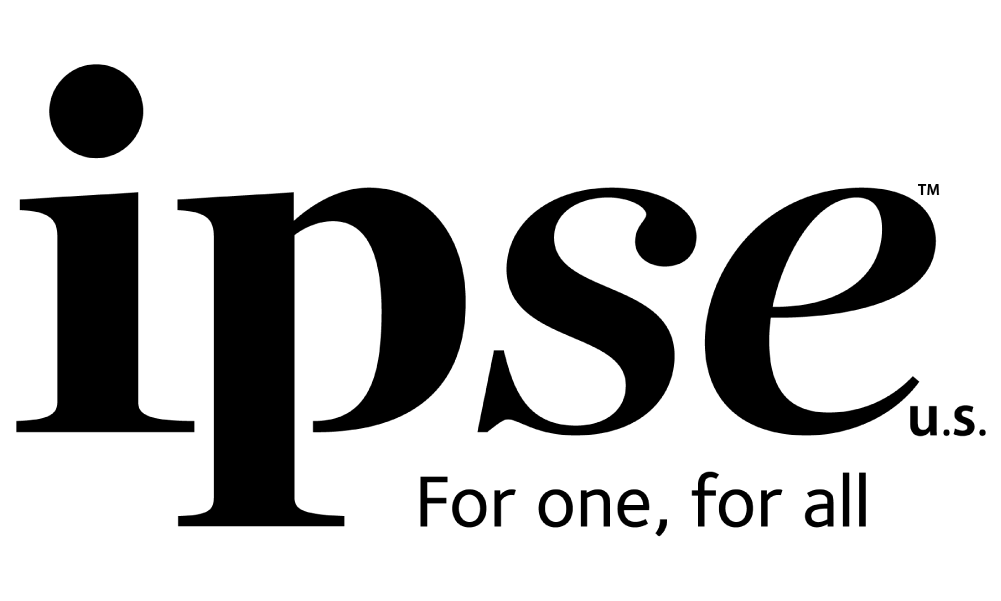
The Truth about
THE CWI
How the ‘Coalition for Workforce Innovation’
is Putting Workers’ Rights at Risk
The Coalition for Workforce Innovation (CWI), launched in 2019, is a corporate lobby group that aims to pass federal laws and regulations that lock workers across occupations, industries, and work arrangements into “independent contractor” or nonemployee status—stripping them of fundamental labor rights and protections.[1]
The CWI’s membership includes retail giants, Big Tech, trucking, delivery, telecommunications, and construction giants, digital labor platform corporations, multi-level marketing companies, and temporary help and staffing agencies.[2]
The purpose of this website is to uncover the truth about the CWI, to offer a glimpse of its members and strategies, and to further worker-led efforts that advance employer accountability and universal access to good quality jobs and the rights that go with them.

What’s
The problem?
Photo Credit:
Teamsters Union
The formation of this new corporate lobby group - the Coalition for Workforce Innovation – comes on the heels of a recent surge in worker organizing and pro-worker policy wins over the last decade.[3]
The work of the CWI threatens to erode workplace power and labor standards that millions of underpaid workers have been fighting for and winning. The CWI’s strategy to create a set of federal laws and regulations that classify workers as “independent contractors” or nonemployees with another name, instead of as full employees.[4]
The real reason the CWI’s members want to count workers as independent contractors or nonemployees is to push the costs of doing business onto workers while also stripping away labor rights such as the right to organize and bargain collectively, the right to be paid a minimum wage and overtime, the right to safe working conditions, and protections against discrimination and sexual harassment.[5]
The CWI’s Sprawling Membership
Staggering in its breadth, the CWI’s members are business interests in the retail, technology, transportation, staffing, and numerous other sectors that seek to facilitate the spurious growth of the nonemployee workforce. Through direct and trade group membership, many of the largest employers in the U.S. are members of the CWI.[6]


















Labor Rights & Protections
Independent Contractor: NO
-
Ind. Contractor
Employee
- Right to organize and bargain collectively
- Right to a minimum wage and overtime pay
- Right to paid sick leave
- Employer contributions to paid family and medical leave
- Employer-funded workers’ compensation
- Employer contributions to Social Security, retirement
- Right to a safe and healthy workplace
- Protections against discrimination and harassment
Employee: YES
Racist Origins of
Labor Standards Carveout
In the 1930s, racist industry lobbying and policymaking combined to carve farm work and domestic work out of New Deal labor laws like the Fair Labor Standards Act, the National Labor Relations Act, and the Social Security Act.[7]
As a result of those carveouts, 65 percent of the country’s Black workers were excluded from basic labor protections.[8] Over the decades, these racist carveouts resulted in exploitative low wages and poor working conditions for workers without rights or unions in those sectors, and subsidized the profits and quality of life of agricultural bosses, companies placing domestic and home care workers into residences, and many others in the broader U.S. economy.
New Deal era carveouts, which have only recently begun to be dismantled thanks to worker organizing, have had lasting effects on racial inequality in the U.S.[9]
The CWI is working to advance regressive modern-era carveout strategies that threaten to set workers’ rights back to pre-New Deal status at precisely the moment when people of color are poised to become the majority of the working class.[10]
"They’d prefer to outsource the work. They don’t have to pay wages and healthcare benefits."
—Chris Chavez
Delivery driver, Safeway[11]
Photo Credit: UFCW Local 5

how the CWI works
Using policy, legal, messaging, and business-to-business organizing strategies, the CWI lobbies policymakers to expand outsourcing and the use of nonemployee labor in the U.S.
The CWI’s Policy & Legal Strategies
-
1
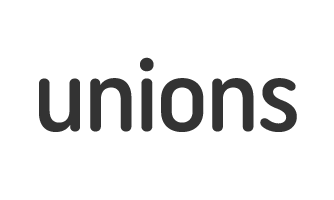
The CWI and its members have actively lobbied against the expansion of workers’ organizing and bargaining rights via the Protecting the Right to Organize Act[12]
-
2
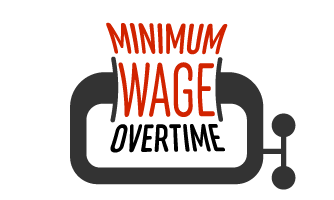
The CWI supports a radical reinterpretation of worker coverage in federal wage and hour law to narrow access to minimum wage and overtime rights[13]
-
3
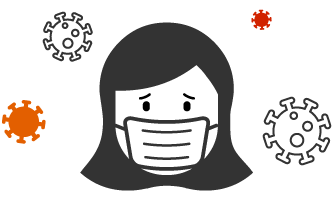
The CWI supports the creation of a “safe harbor” against future employer responsibility for corporations acting as employers during the COVID-19 pandemic[14]
-
4
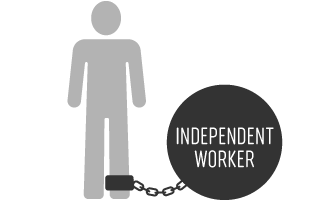
The CWI seeks to pass policies that will lock workers into nonemployee status[15]
-
5
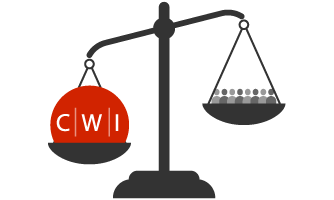
The CWI uses its financial resources to legally challenge policy decisions at odds with its agenda to grow the use of nonemployee labor by corporations[16]
The CWI’s Messaging Strategies
The CWI and its members use deceptive messaging to make their agenda more palatable to policymakers, workers, and consumers.
Photo Credit: Gig Workers Rising
"Uber promised Prop 22 would preserve driver "flexibility", but there is nothing flexible about having to work longer hours for even less pay."
–Rondu Gantt
Worker Leader at Gig Workers Rising and a driver for Uber, Lyft, and DoorDash
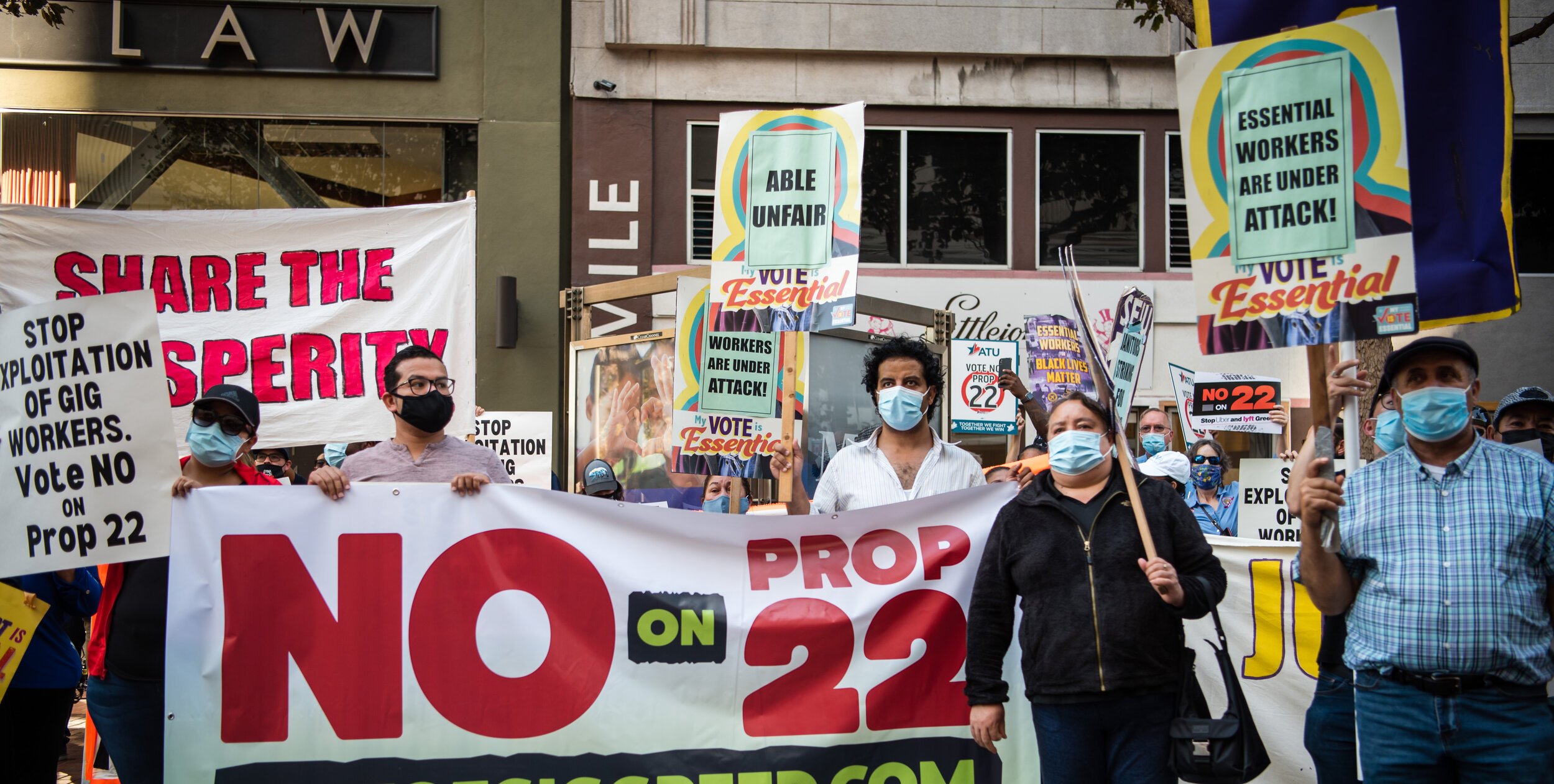
Photo Credit: Brooke Anderson, @movementphotographer
How Workers Win
The Coalition for Workforce Innovation is pushing an anti-worker agenda that threatens to make work more precarious for millions of workers across sectors, and grow income and racial and gender inequality in the U.S. Workers and their allies have identified progressive, pro-worker policies to build collective worker power and ensure an economic future that is secure and equitable.
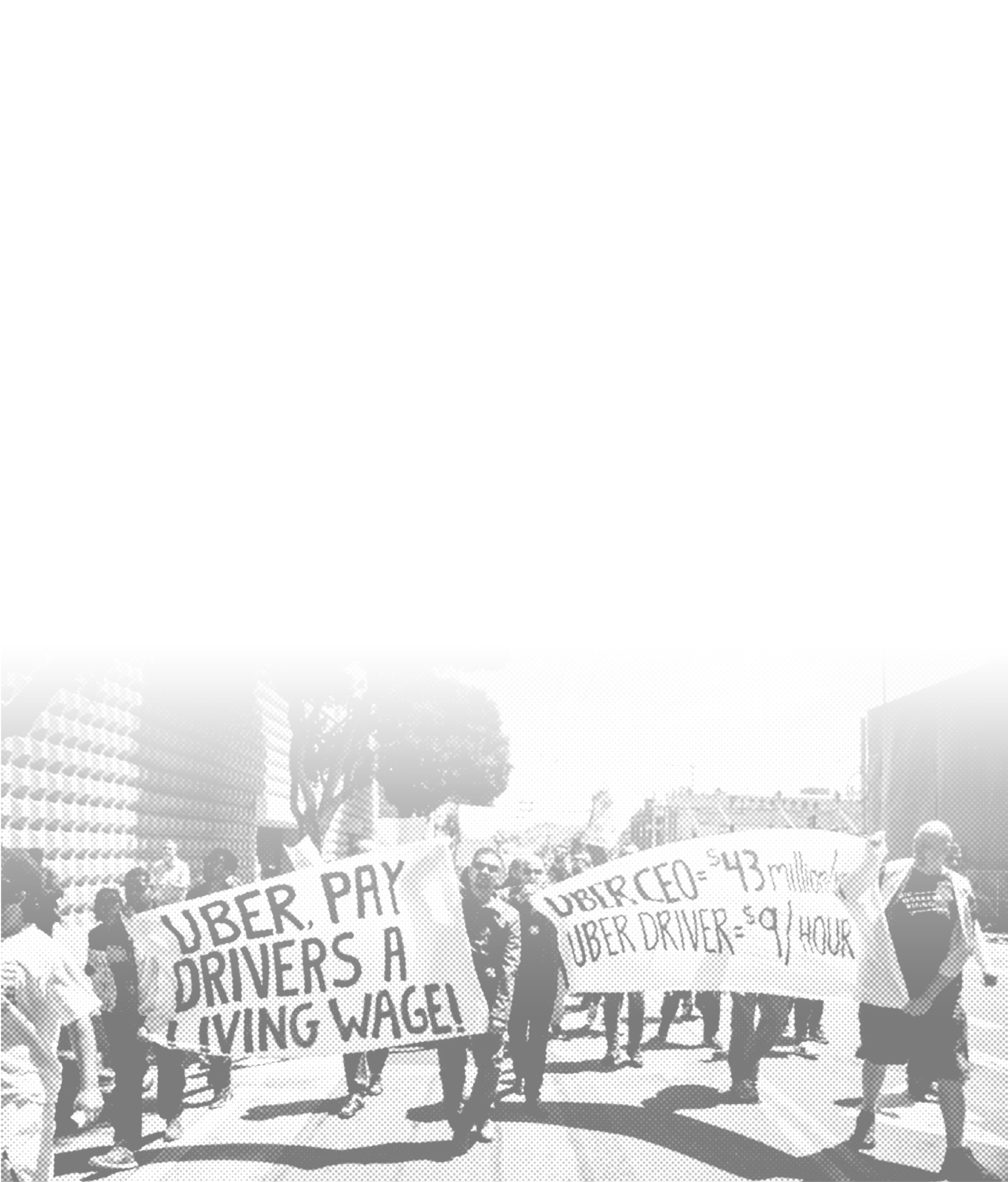
-

Provide universal labor law coverage
Provide universal coverage under labor laws to workers and work that are susceptible to employer abuse. Workers in low-paid sectors with high levels of wage theft and other forms of employer abuse should have access to wage, safety, and other labor protections regardless of immigration status or the way in which their employer classifies their employment status.
-

Strengthen federal organizing & collective bargaining rights
Strengthen federal organizing and collective bargaining rights so that more workers have real negotiating power over the terms and conditions of their work: At the federal level, the proposed Protecting the Right to Organize Act expands and strengthens legal protections related to unionizing and collective bargaining within the National Labor Relations Act (1935).
-

Reform unemployment insurance and workers’ compensation
Reform unemployment insurance and workers’ compensation programs to protect workers against unexpected job loss and workplace injury: Employer-funded unemployment insurance (UI) and workers’ compensation programs are critical financial lifelines for workers who are unable to work or suffer a workplace injury.
-

Expansive access to employee status
Unlike other worker classification tests that place the burden of proof on workers to prove employment status, the “ABC” test presumes that workers are employees and requires a business entity that engages an individual worker to demonstrate otherwise. Under the ABC test, an individual is an employee unless the company engaging the worker can establish all three of the following conditions: (A) she is free from control by the company; (B) she is doing work that is outside the usual course of business of the company; and (C) she is engaged in an independently established business. Watch this video to learn more.
-

Clear joint employer liability
When a lead firm subcontracts work to another firm or labor intermediary like a temporary help and staffing agency, more than one employer may be able to and should ensure that labor regulations are being followed. Labor and employment laws in the U.S. have long permitted multiple employers to be held jointly liable for working conditions under their control.
Photo credit: Gig Workers Rising









